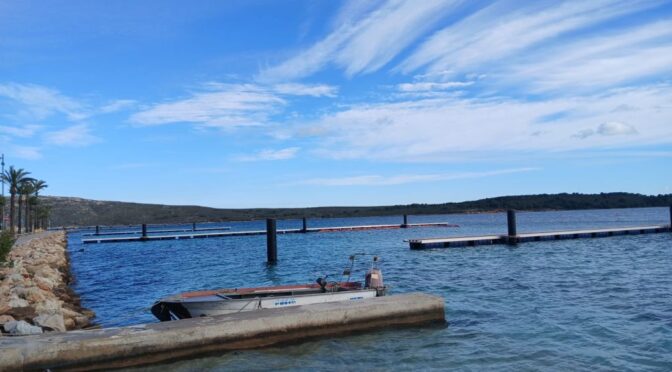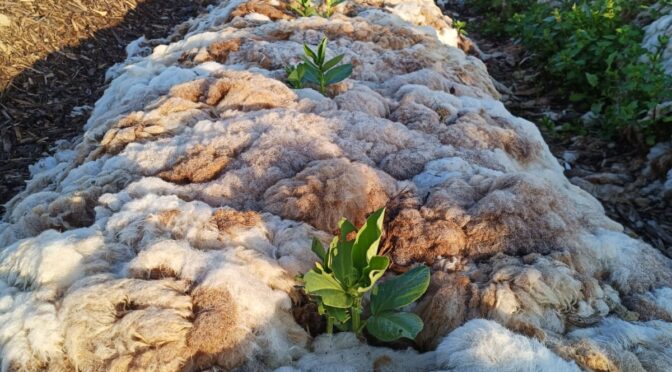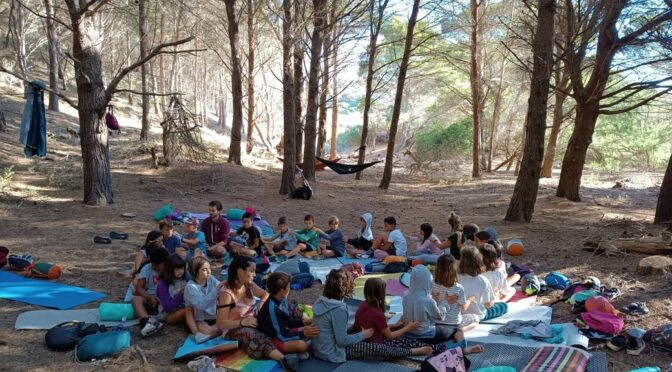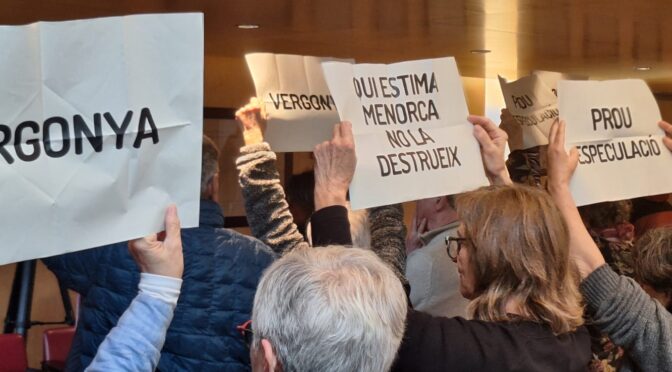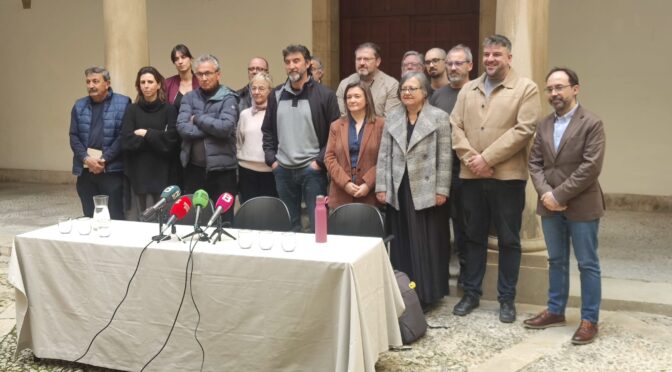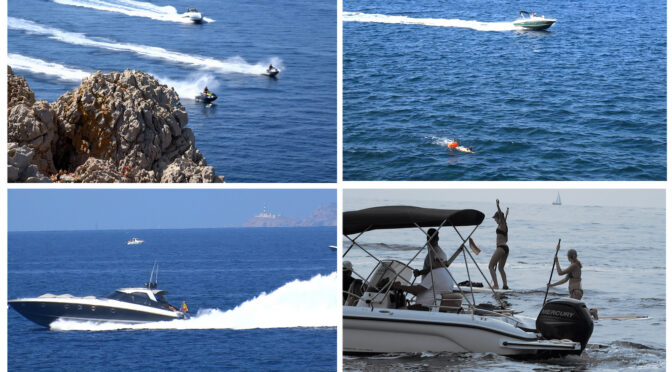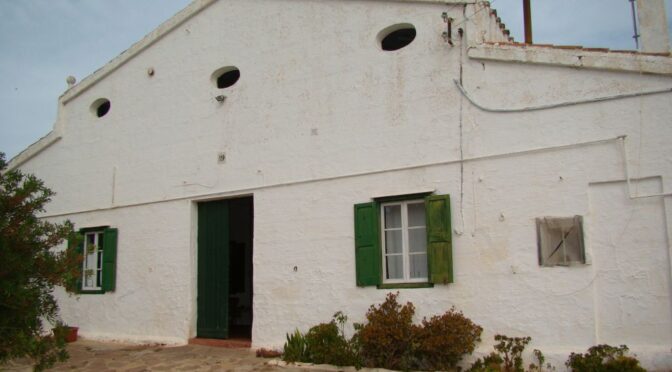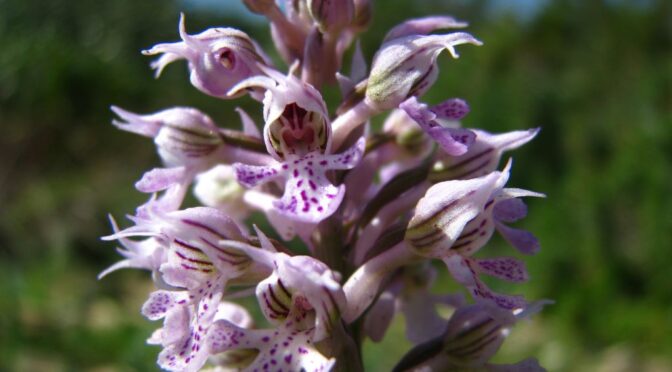Views: 122
The redevelopment of Fornells Port, which includes an increase in the number of moorings, is subject to environmental conditions that remain unresolved. The installation of ecological buoys in nearby coves, as well as the delimitation and management of the anchoring zone, has no foreseeable execution in the short term. In response, GOB has submitted an appeal to the Posidonia Committee and Ports IB.
Continue reading Appeal to enforce environmental conditions in Fornells Port

